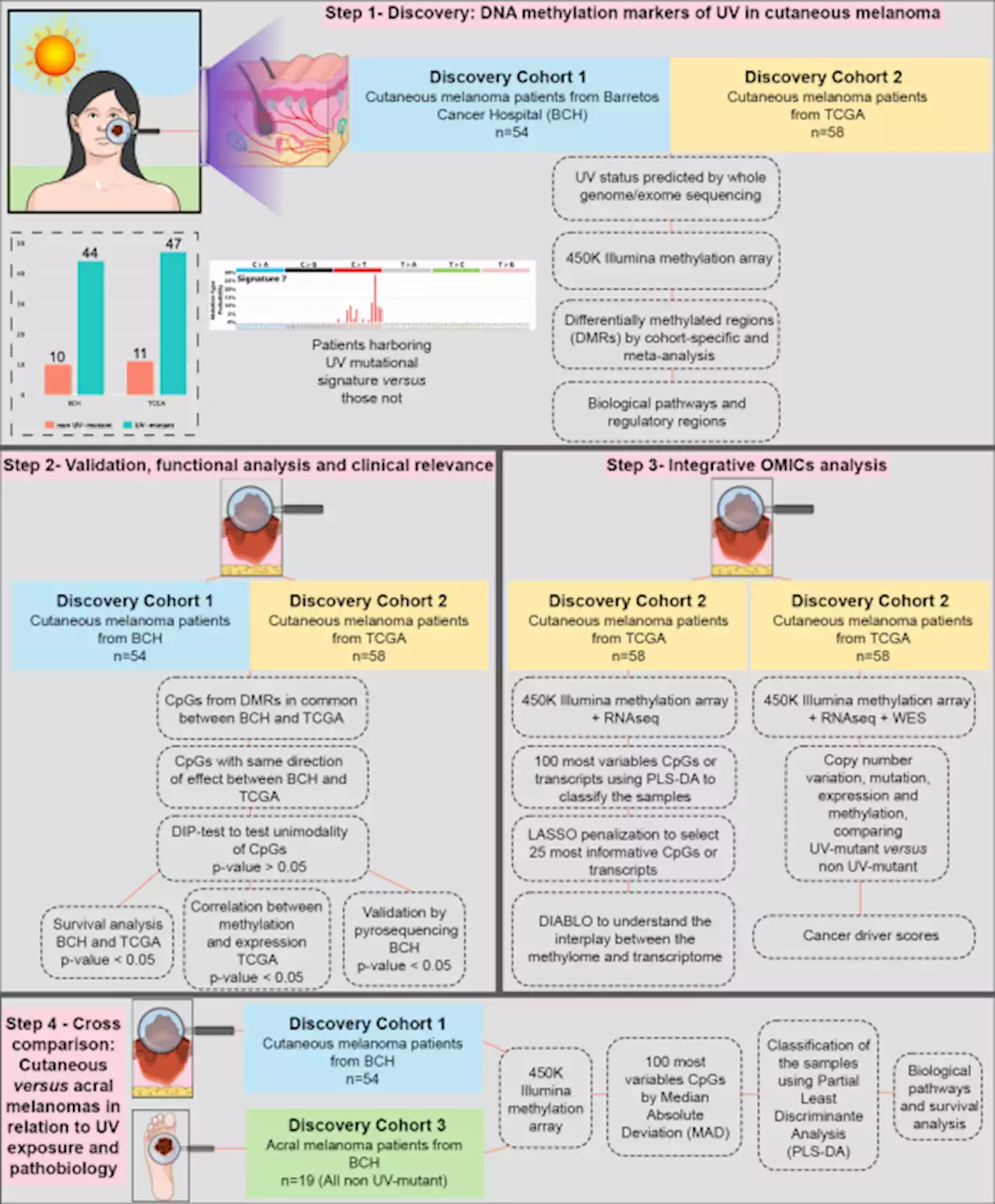Blood levels of 'free range' DNA may signal early detection of dementia and frailty johnshopkins IOSPress_STM
Background:Altered cell homeostasis, seen in cognitive decline and frailty, leads to cell death and turnover, releasing circulating cell-free DNA . Objective:The goal of this study is to determine if serum genomic cell-free DNA is associated with physical and cognitive decline i
n older adults. Methods:We used serum from 631 community-dwelling individuals from the Religious Orders Study or Rush Memory and Aging Project who were without cognitive impairment at baseline. ccf-gDNA fragments in serum were quantified using digital PCR. An array of cognitive and physical traits, risk of dementia, global cognition, and frailty at or nearest the time of blood draw were regressed on ccf-DNA, with adjustment for age, sex, race, and education.
United Kingdom Latest News, United Kingdom Headlines
Similar News:You can also read news stories similar to this one that we have collected from other news sources.
 Cutaneous and acral melanoma cross-OMICs reveals prognostic cancer drivers associated with pathobiology and ultraviolet exposure - Nature CommunicationsWhile cutaneous melanoma is linked to UV radiation, acral melanoma is not. Epigenetic mechanisms function as sensors to exposures and determinants of cell identity. Here, the authors use DNA methylation data to identify dysregulated pathways associated with UV radiation and pathobiology in cutaneous and acral melanomas.
Cutaneous and acral melanoma cross-OMICs reveals prognostic cancer drivers associated with pathobiology and ultraviolet exposure - Nature CommunicationsWhile cutaneous melanoma is linked to UV radiation, acral melanoma is not. Epigenetic mechanisms function as sensors to exposures and determinants of cell identity. Here, the authors use DNA methylation data to identify dysregulated pathways associated with UV radiation and pathobiology in cutaneous and acral melanomas.
Read more »
 Lightweight hBN Nanoporous Paint with Excellent Cooling AbilitiesA recent study published in the journal Cell Reports Physical Science addresses this issue by fabricating a lightweight and ultrawhite nanoporous paint using hexagonal boron nitride (hBN) for daytime radiative cooling applications.
Lightweight hBN Nanoporous Paint with Excellent Cooling AbilitiesA recent study published in the journal Cell Reports Physical Science addresses this issue by fabricating a lightweight and ultrawhite nanoporous paint using hexagonal boron nitride (hBN) for daytime radiative cooling applications.
Read more »
 Older class of type 2 diabetes drugs, glitazones, linked to 22% reduction in dementia riskUse of an older class of type 2 diabetes drugs called glitazones, also known as thiazolidinediones or TZDs for short, is linked to a 22% reduced risk of dementia, reveals a long term study published in the open access journal BMJ Open Diabetes Research & Care.
Older class of type 2 diabetes drugs, glitazones, linked to 22% reduction in dementia riskUse of an older class of type 2 diabetes drugs called glitazones, also known as thiazolidinediones or TZDs for short, is linked to a 22% reduced risk of dementia, reveals a long term study published in the open access journal BMJ Open Diabetes Research & Care.
Read more »
 Cutaneous and acral melanoma cross-OMICs reveals prognostic cancer drivers associated with pathobiology and ultraviolet exposure - Nature CommunicationsWhile cutaneous melanoma is linked to UV radiation, acral melanoma is not. Epigenetic mechanisms function as sensors to exposures and determinants of cell identity. Here, the authors use DNA methylation data to identify dysregulated pathways associated with UV radiation and pathobiology in cutaneous and acral melanomas.
Cutaneous and acral melanoma cross-OMICs reveals prognostic cancer drivers associated with pathobiology and ultraviolet exposure - Nature CommunicationsWhile cutaneous melanoma is linked to UV radiation, acral melanoma is not. Epigenetic mechanisms function as sensors to exposures and determinants of cell identity. Here, the authors use DNA methylation data to identify dysregulated pathways associated with UV radiation and pathobiology in cutaneous and acral melanomas.
Read more »